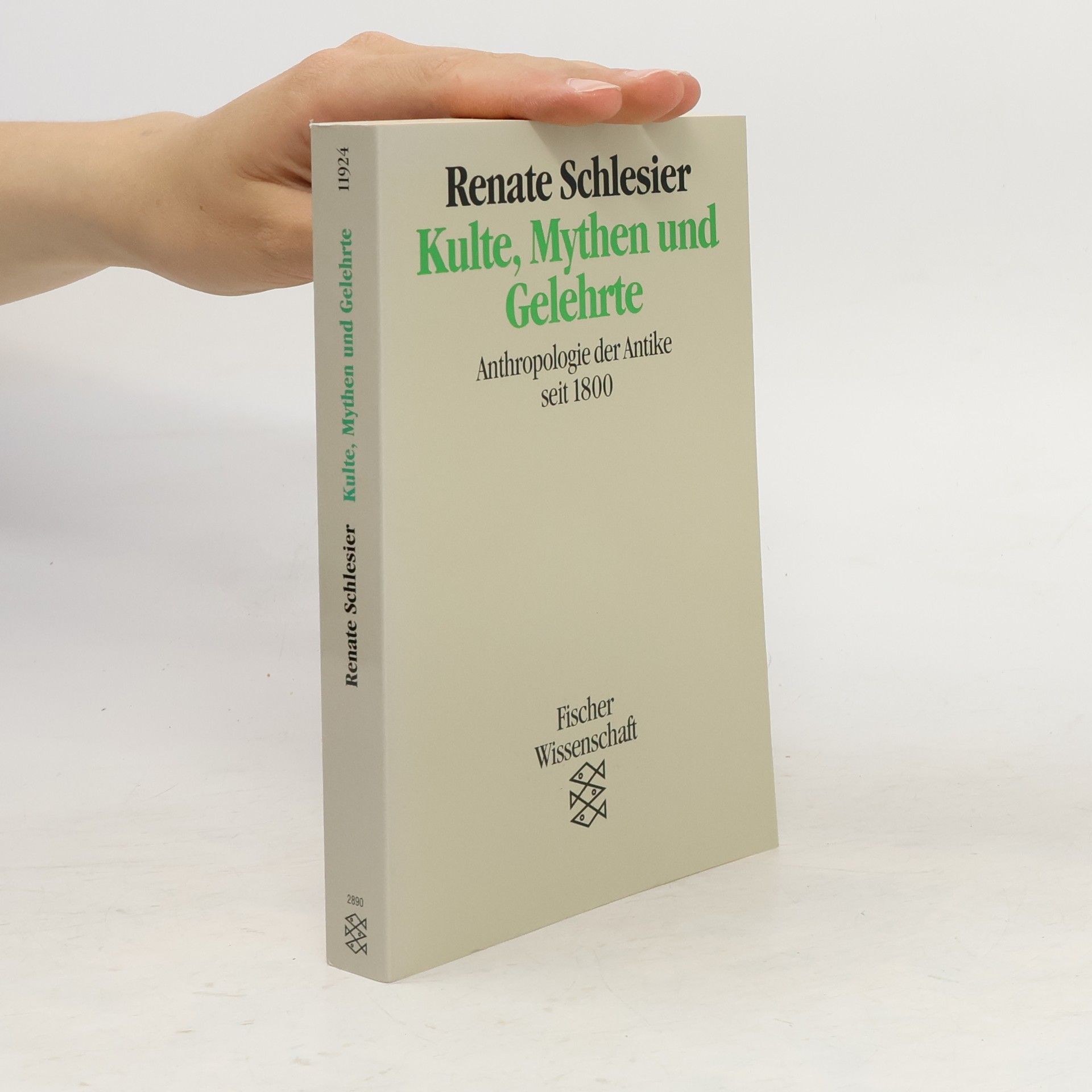A different god?
- 667pages
- 24 heures de lecture
Within modern frameworks of knowledge and representation, Dionysos often appears to be atypical for ancient culture, an exception within the context of ancient polytheism, or even an instance of a difference that anticipates modernism. How can recent research contribute to a more precise understanding of the diverse transformations of the ancient god, from Greek antiquity to the Roman Empire? In this volume, which is the result of an international conference held in March 2009 at the Pergamon Museum Berlin, scholars from all branches of classical studies, including history of scholarship, consider this question. Consequently, this leads to a new look on vase paintings, sanctuaries, rituals and religious-political institutions like theatre, and includes new readings of the texts of ancient poets, historians and philosophers, as well as of papyri and inscriptions. It is the diversity of sources or methods and the challenge of former views that is the strength of this volume, providing a comprehensive, innovative and richly faceted account of the “different” god in an unprecedented way.



